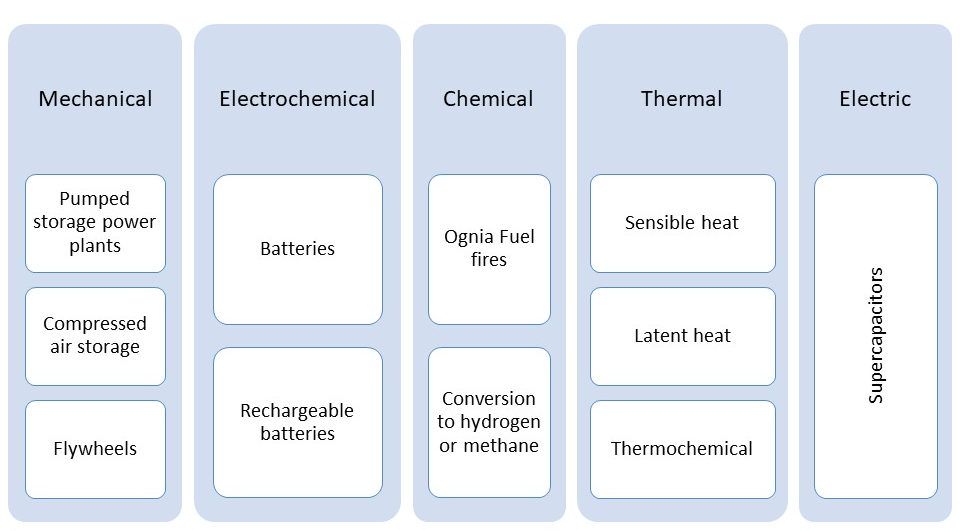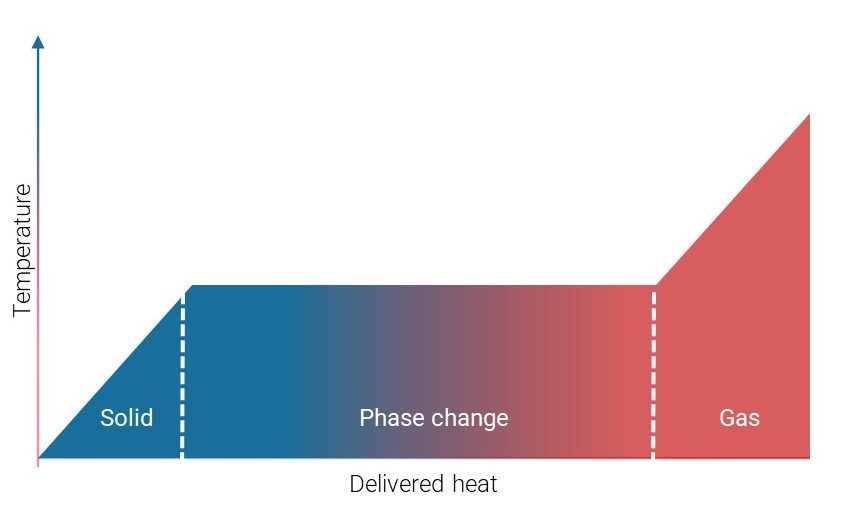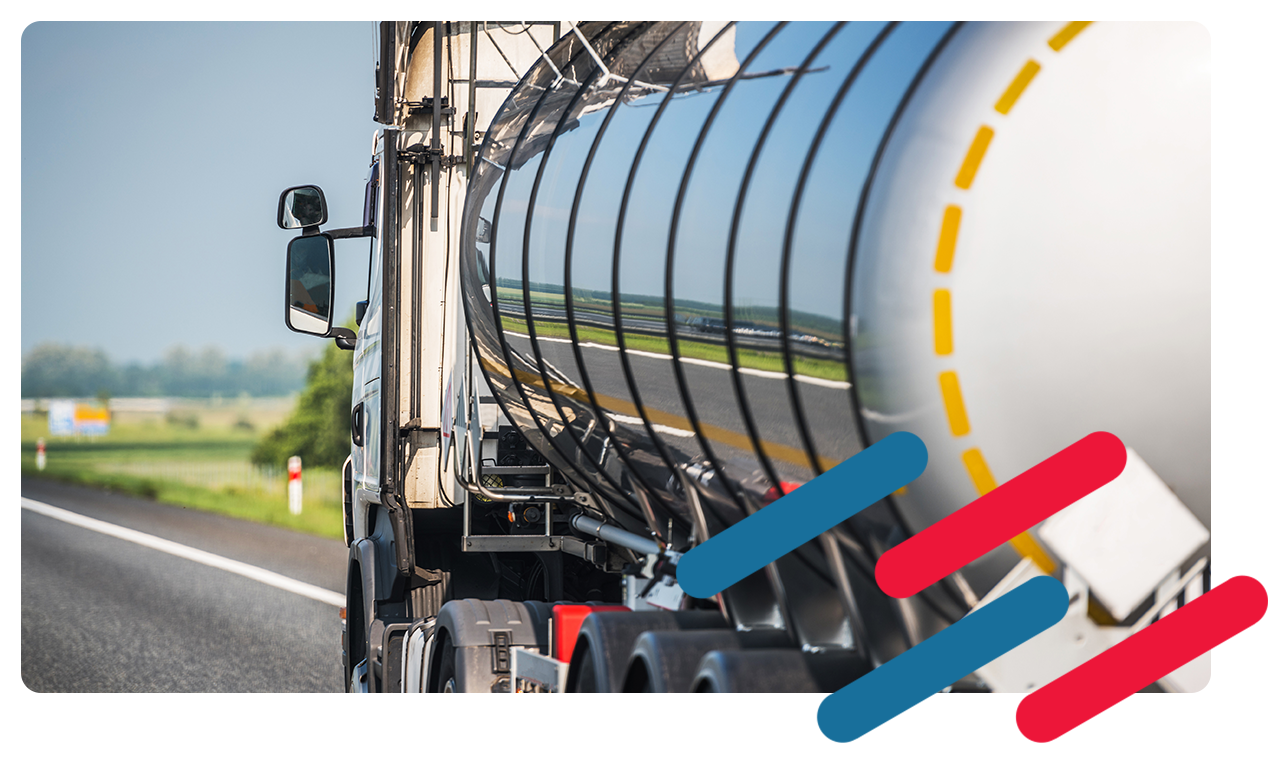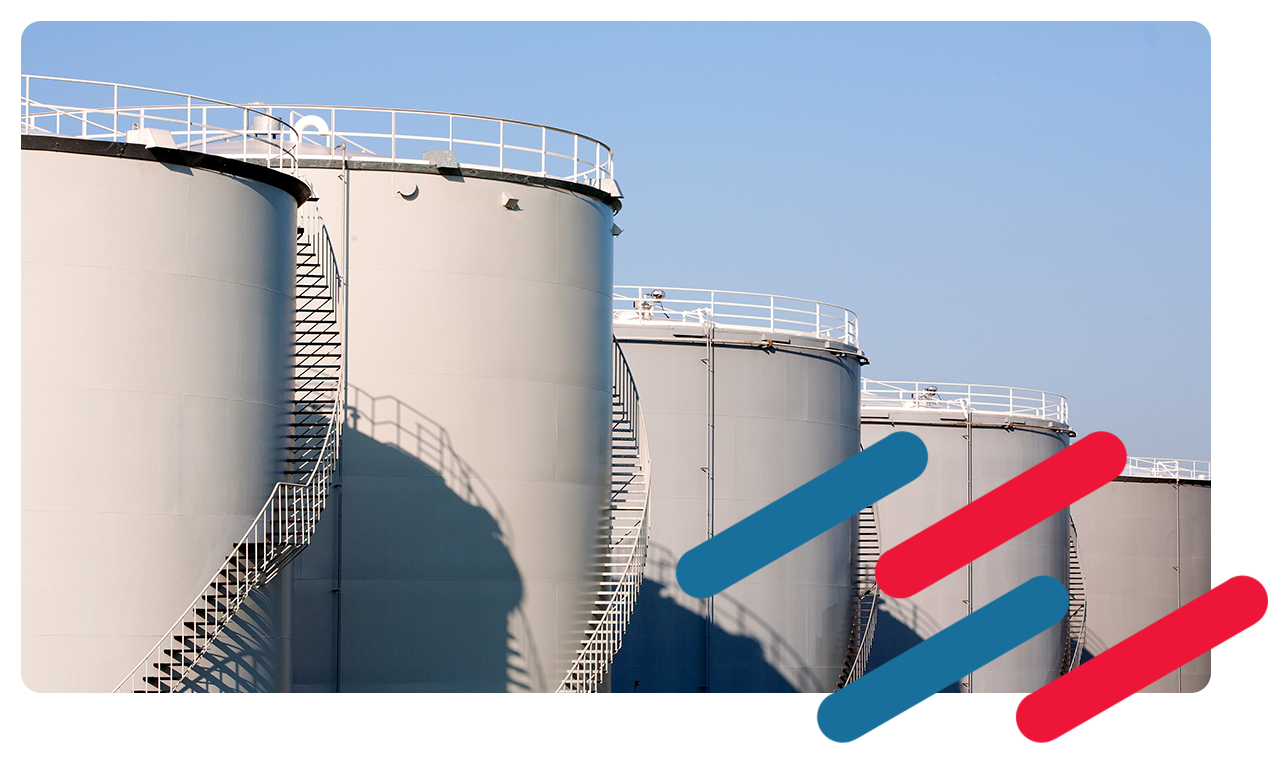Heat storage
Heat storage
The development of the energy transformation related to renewable sources and the withdrawal from the use of fossil fuels pose many challenges to energy systems. The amount of renewable energy is often not related to demand, which makes managing the entire energy infrastructure problematic. Further development of renewable energy will require support with energy storage facilities that will secure supplies when necessary. What is energy storage and how can it be implemented?

Energy storage
Energy storage is often associated with electricity and its accumulation in batteries. However, energy is not only electricity. Heat – what Enetech specializes in, can also be stored when we have excess heat and used during increased demand.
There are five main forms of energy storage: mechanical, electrochemical, chemical, thermal and electrical. For each of them, energy storage can be implemented in different ways.
For private individuals and most enterprises, the available solutions are thermal energy storage or electricity storage in electrochemical systems (batteries). The latter are characterized by high purchase costs and a significant negative impact on the natural environment. Their service life is also definitely lower than that of thermal energy storage.
Heat energy storage
Thermal energy storage is based on two different phenomena: sensible heat storage or latent heat storage. Storing thermal energy in the form of sensible heat is a well-known solution – it is used, for example, in hot water tanks. or water buffers. The principle of operation of such a warehouse is very simple. By heating the cold water in the tank, we supply it with energy and collect it (by cooling the water, or simply taking it) at a different time. The disadvantage of this solution is the need to install tanks with large dimensions and a high level of energy loss due to the large external surface of the tanks.
Other ways of storing thermal energy
An alternative way to store thermal energy is the accumulation of latent heat. It consists in storing significant amounts of thermal energy in the process of phase change. Unlike the accumulation of sensible heat, the process does not change the temperature of the material. The high heat of phase change allows to obtain storage facilities with much smaller dimensions, while maintaining the same thermal capacity (storing the same amount of energy).
In this type of energy storage, Phase Change Materials (PCM) are used – chemical compounds that can accumulate or release significant amounts of energy in a strictly defined temperature range. This happens during a phase transition (isothermal thermodynamic process), under the influence of a change in temperature or pressure. A phase transition most often consists in a change of state of aggregation, but it is not a necessary condition.
Benefits of using PCM materials
Most phase change materials are completely safe for humans and harmless to the environment. Phase change materials with a positive melting point are paraffins – the same as in candles. A large group also includes food substances, e.g. sweeteners.
Advantages of PCM phase change materials
- the accumulation of a large amount of energy in a small volume;
- safe for people and animals;
- zero environmental impact;
- low carbon footprint of production and disposal.
Thanks to the use of phase change materials in heat storages, it becomes possible to achieve storage features that would be impossible to achieve if only sensible heat was used (water storages). High energy storage density is important, thanks to which it is possible to store the same amount of heat in less volume and/or mass. Thanks to this property, domestic and industrial heat storages can be used even in small areas. Mobile heat storage can, however, transport enough energy to make the process economically efficient.
Thanks to this property, domestic and industrial (links) heat storages can be used even in small areas, and mobile heat storages (links) can transport enough energy to make this process economically effective.








